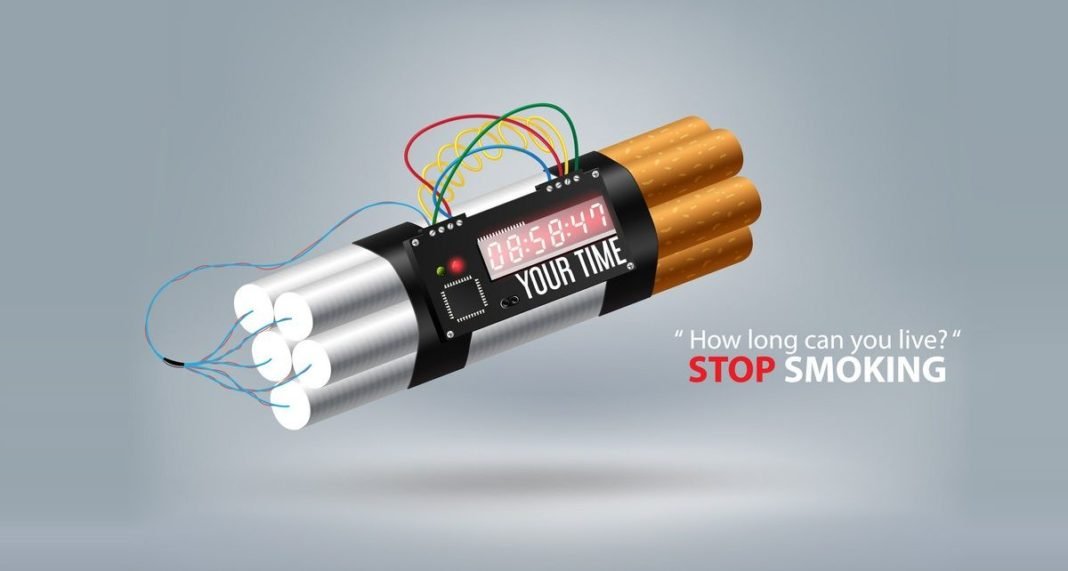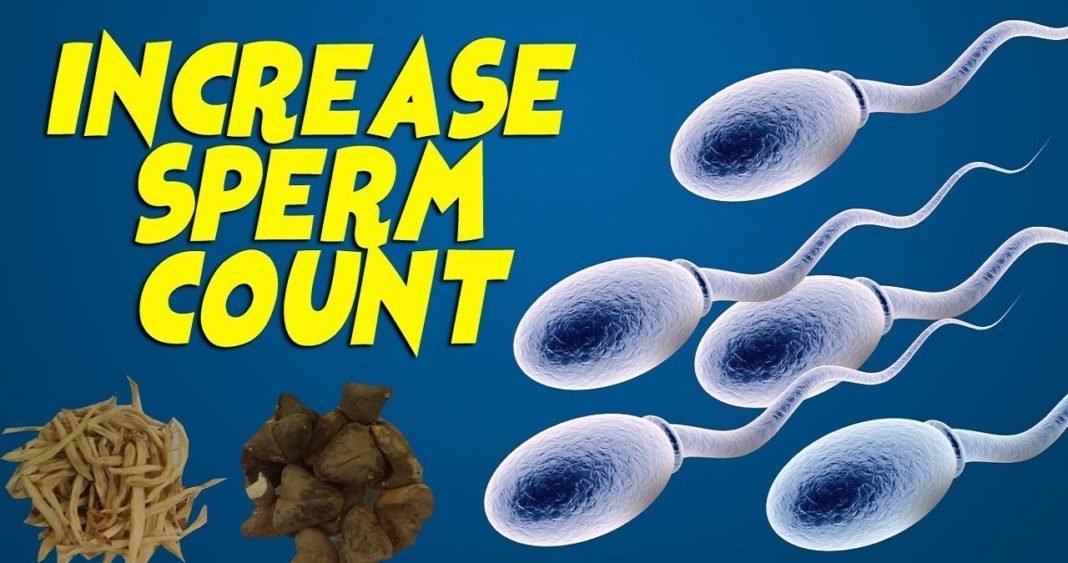Prostate Cancer Overview
The prostate cancer is a single gland located below the bladder surrounding the urethra. The prostate gland is about the diameter of a walnut and shaped like a donut. The prostate’s function is to secrete a thin, milky, alkaline-based fluid that lubricates the urethra, stops the infection from spreading, and allows the sperm freedom of movement.
In American males over the age of fifty, prostate cancer is the leading cause of death. Eleven-million men in the United States have some form of this disease. Most of these men have a form of prostate cancer that can be easily managed or cured, but for whatever reason, prevention is often ignored, and cancer advances.
Studies show that African-American men have the highest incidence of prostrate cancer in the world. No one has determined why this high rate of prostate cancer occurs, but the high probability lies within the genetic code
Every fifteen minutes, a man in the United States will die from prostate cancer.
Why is this disease so prevalent? Is it pride that prevents the older man from going to his doctor on a yearly basis and having the doctor perform a full physical along with a rectal examination and a PSA blood test (Prostate-Specific Antigen)?
Could the diet be at fault? Too much red meat. Not enough fiber being consumed or water introduced daily? Too much dairy food being eaten? Too much fat has been proven to be bad for the body in many ways. There are certain studies out regarding colon and prostate cancer that indicate that eating a high-fat diet with plenty of red meat and dairy food may lead to this disease.
The overall consensus is that the medical community does not know what causes prostate cancer. There is no single, defined treatment known to cure prostate cancer successfully. What works for one man may not work for another.
Prostate cancer is largely a western disease. Before Japan became westernized, reports of prostate cancer were extremely rare in Japanese culture. Since being exposed to western ways, prostate cancer is making its first-ever appearance in the Japanese way of life.
What is the PSA test, and why is it helpful?
PSA is a protein found in both normal and cancerous prostate cells. There is no “normal” readout for this level. The level can go up depending on the man’s overall health. Usually, if the level rises above ten, the man is a strong candidate for prostate cancer. The higher the level goes, the quicker the cancer is known to spread.
Once diagnosed, what next?
Do not accept just one doctor’s opinion when it comes to prostate cancer. Seek a second, even a third opinion. The reason being, each doctor will have a different option to offer as far as treatment goes.
Once all the suggested treatments are outlined, it is up to the individual to do the homework and decide which treatment program fits their lifestyle best. Then it is time for a frank discussion with your doctors about the treatment programs, side effects, and possible recovery.
Treatment programs can consist of hormone therapy, radical prostatectomy, external beam radiation, or bilateral orchiectomy (removal of the testicles).
There are non-conventional means available as well for treatment. However, these non-conventional means are not backed up with any significant scientific studies.
Before proceeding further with treatment, we again urge you to do research. There are a number of excellent books out regarding prostate cancer. Talk to your doctors about the number of options available for the treatment of this disease. Look into lifestyle changes, as well.
We would also strongly suggest joining a support group. The men there are survivors. You will find the courage within their stories and perhaps feel compelled to share your own.
Along the way, take care of yourself. Maintain good health and gain wisdom and knowledge with every step. Our hope is you will emerge from the other end whole and complete, and not just become another statistic in the fight against prostate cancer.
Prostate Cancer Treatments
Prostate cancer is the second leading cause of death among men in the United States. There are several options available for men diagnosed with prostate cancer.
The treatment for prostate cancer will vary depending on the rate of growth, how many lymph nodes are involved, the size of the tumor, and where it is located in the prostate. Has the cancer spread, this is another consideration when deciding what treatment to undergo. The age and health condition of the patient will be a factor.
Prostate cancer treatments currently available
Chemotherapy – Chemotherapy is the process of introducing certain chemical compounds either via pills, injection, or catheter into the body to fight off cancer cells.
Side-effects of chemotherapy – Usually chemotherapy drugs carry with them a high toxicity rate. This toxicity can cause nausea and vomiting, diarrhea, fatigue, headache, dizziness, cramping, and temporary hair loss. Chemotherapy treatments can also weaken the immune system considerably. Chemotherapy is an aggressive way to attack the cancer cells within the body. There are so many side-effects to this treatment; the patient should be in contact with their doctor at all times.
What is cancer? Cancer Causes, Types, Treatment, Symptoms







